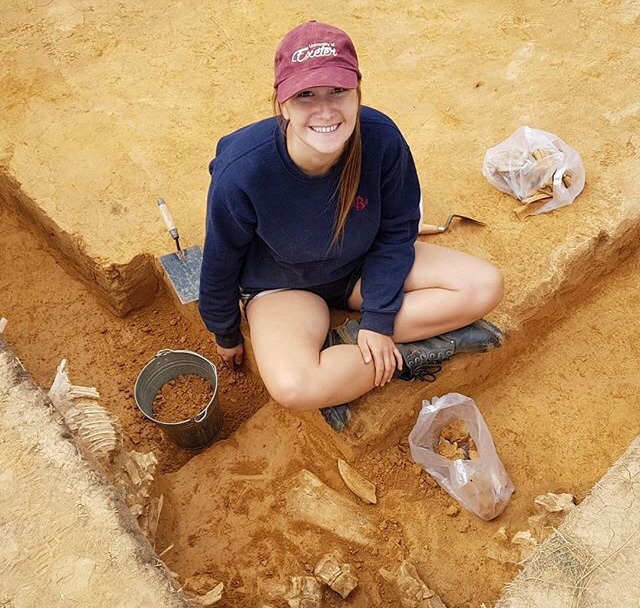
| Academic Year | 2020-2021 |
| s.barakat.20@abdn.ac.uk | |
| Institution | University of Aberdeen |
Biography
School: School of Geosciences
Project: Exploring the potential of multi-tissue sulphur and strontium isotope analysis and isoscape modelling to reconstruct past faunal movements
Supervisors: Dr Kate Britton and Dr Neil Ogle
Undergraduate Education: BA (Hons) Archaeology, University of Exeter
Postgraduate Education: MSc Bioarchaeology (Zooarchaeology), University of Exeter
Research: As an undergraduate and masters student at the University of Exeter I produced two dissertations on understanding seasonal migration of the first husbanded horses using multi-isotope analysis. My PhD at Aberdeen will continue my studies on faunal movement patterns using strontium, sulphur, and isoscape modelling to better understand past human’s hunting behaviour, landscape use, and subsistence practices, and how environmental changes impact faunal communities. While strontium isotopes are often used in archaeology to understand past movements, sulphur isotopes are underused but have great potential. By sampling environmental materials (soils and plants), teeth (incremental enamel and dentinal collagen), and bone (bulk collagen) this PhD will explore movement in both modern and archaeological fauna using strontium and sulphur isotopes.
Field Work/ Case Studies:
I will work on a variety of sites ranging in time from the Palaeolithic to now. My first case study will focus on understanding sulphur isotopes’ potential in reconstructing movement patterns using modern Caribou with known migration routes in North America. Plant and soil samples from across the known migration route have already been sampled and are ready to be analysed for sulphur to create an isoscape map which will help trace caribou movement. This first case study will be a pilot study before moving into archaeological samples. The second case study will be on Pictish cattle in north-eastern Scotland which were brought to feasts from far away. Previous studies on these cattle using strontium show they died in a different location than where they were born but the exact origin is unknown. By using sulphur isotopes, I hope to better understand where these cattle came from which will provide more information on who attended Pictish feasts and how from how far away they travelled. Finally, this PhD will explore a Palaeolithic site to better understand early hominin hunting patterns. There are a range of sites in South Africa which are still being discussed to determine which site will produce the best samples.
Data Collection:
The majority of my sampling will be done at the University of Aberdeen. Isotopic analysis will then be undertaken at QUB under the supervision of Dr Neil Ogle and at the James Hutton Institute in Aberdeen.





















































